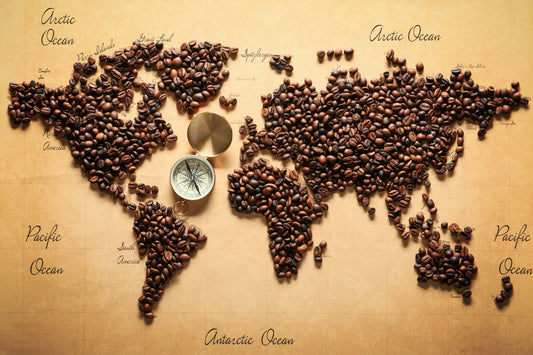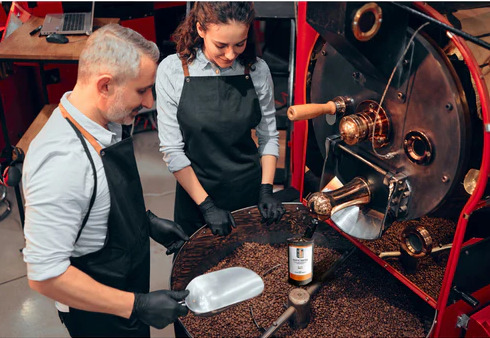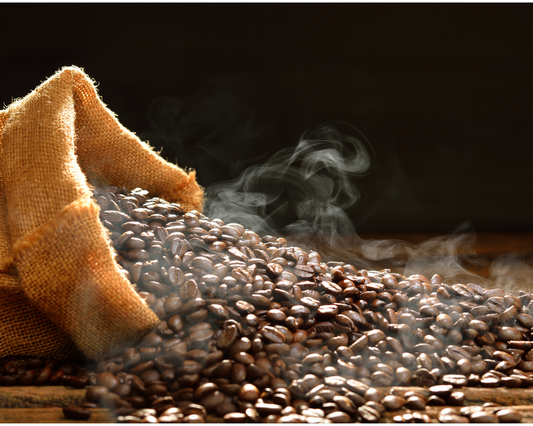It all starts with a green bean and ends with the perfect beverage entirely adapted to your taste. Whether you prefer a cold brew, drip or filter coffee, espresso, or anything else, it all begins with a green bean. It is roasting that produces the characteristic aroma of the coffee, which results from complex chemical reactions within the bean. Too much roasting can destroy volatile flavor and aroma compounds, which is why Robusta beans are roasting so long.
As a complex process, roasting coffee involves carefully applying heat to a green bean so as to transform the sugars, proteins, acids, etc., contained within the coffee seed into pleasant aromas of roasted nuts, malts, chocolates, or fruits. It is the process of turning green coffee beans into brown ones. There are several ways to make it, and each one influences the taste. Here we will outline the general roasting process.
Coffee Roasting stages
To roast, there are three primary stages: drying, browning, and development followed by cooling, and packaging.
Drying stage
A coffee bean has an average humidity level of 8–12%. Before roasting can begin, it needs to be dried. The drying process typically lasts 4–8 minutes with a traditional drum roaster. Temperatures around 160 ⁰C are typically found at the end of the drying process; however, you should be careful not to burn the beans by using too much heat at the beginning. Because the last stage of roasting is exothermic (which produces heat), the drying stage is also important in ensuring the bean collects energy.
Browning stage
When the coffee reaches 160 ⁰C, it smells like toasted bread and hay. At this point, the aroma precursors are starting to transform into aromatic compounds. Though browning happens after drying, the drying process continues throughout the browning process.
The browning process starts with the Maillard reaction, which is a chemical reaction between sugars and amino acids that causes the formation of hundreds of different aroma and color compounds called melanoid. Roasts naturally slow down at this point and some roastmasters deliberately slow them down to ensure flavor development. The coffee starts to pop at the end of the browning stage. This is called the first crack and the development stage begins.
Developmental stage
During the developmental stage, the reaction begins as exothermic, and the coffee cracks early on in the process. During the drying and browning stages, the bean has accumulated energy, which makes it explode. As the development phase begins, the desired aroma compounds begin to develop. If the roasting process is not slowed down at this stage, the flavor is overly sharp, and the coffee may taste smoky. The development phase usually takes 15–25% of the total roasting time.
Cooling stage
The roasted beans are removed from the roasting chamber and usually cooled with air or by water-quenching at the end of the roasting cycle. If they are not cooled quickly, the heat given off by the beans may continue to cook them even after they are done roasting, resulting in burnt beans.
In a nutshell, learning how to roast coffee beans is a never-ending journey. I always find it fascinating to discover which roast profile fits a coffee's characteristics best. Hope you thoroughly enjoyed reading and got a lot of help with your roasting!



